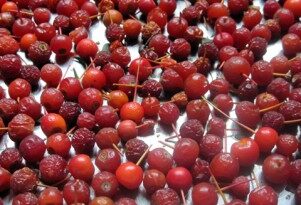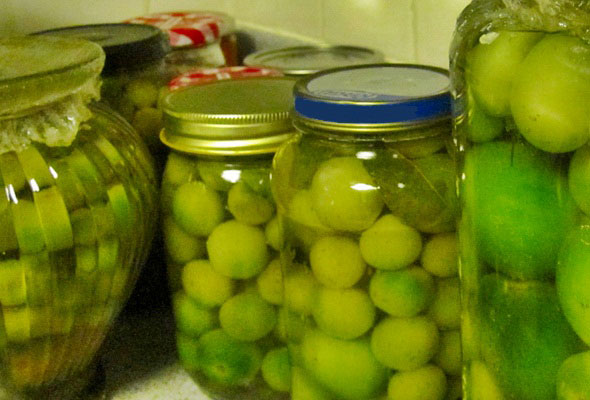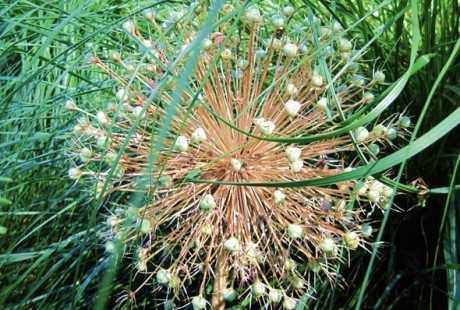annuals and biennials
I kept a perennial garden for many years, so I understand the temptation one gets after a few years to dismiss annual and biennial plantings because they take up too much space or require too much work.
Lately I started to reconsider this attitude and got richly rewarded with color and scent.
One thing an annual border provides, which is unmatched by any other planting, is a continuous and consistent display of flowers.
Annuals are genetically programmed to bloom the entire growing season, they have no other priorities.
They are also carefree and make excellent choices for children’s gardens, which is why marigolds, sunflowers, zinnias and snapdragons often find their way into fairy tales and nursery rhymes.
Annuals are to a flower border like paint is to a remodel: the easiest and least expensive way to do a change of decor. You don’t even have to wait for them to bloom, you can bring them over fully grown in flats and just stick them in the ground for an instant garden.
Or, if you haven’t had time to plan your plantings, and it’s already May, don’t worry. Just sprinkle that packet of left over zinnia seeds anywhere in full sun. You’ll get a full flower garden by the middle of July.
Biennials are not like that at all, they are strange creatures, and one might wonder why a gardener would bother with a plant that needs a whole year to grow its root system and develop foliage and only blooms one summer after that. That’s not how biennials work.
Many of them behave like perennials, because they are prolific self-seeders, and after a few years they stagger their growth to provide you with flowers every summer.
Once you plant them in the garden, they claim their spot and hold it indefinitely, so choose it wisely. A few examples of plants that act like this? Hollyhocks, French mallow, Canterbury bells, love-in-a-mist, foxgloves, sweet Williams and honesty (watch out for the last one, it really likes to spread!)




 Previous Post
Previous Post Next Post
Next Post




